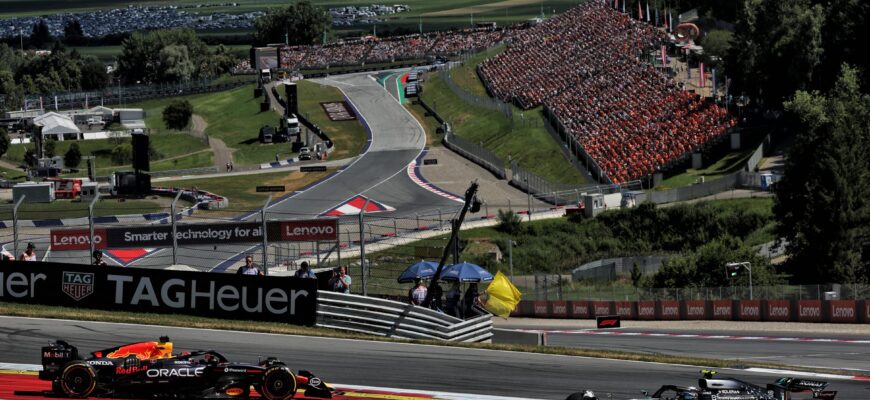The Fédération Internationale de l`Automobile (FIA), also known as the International Automobile Federation, serves as the primary governing body for numerous international motorsport championships, including Formula 1.
The FIA establishes the rules and regulations governing F1, with approval from the World Motor Sport Council. These rules are designed to ensure fair competition and safety for both drivers and teams.
Should a driver or team contravene these regulations, they may face penalties. Below is an overview of the various penalty types encountered in F1 and their potential effects on the championship.
Types of Penalties in F1
Warning
Often the initial step before harsher sanctions, a warning may be issued. This is frequently seen when a driver first violates track limits during a race by having all four wheels go beyond the defined track boundary.
Reprimand
The next level in the penalty system is a reprimand. Drivers can receive up to four reprimands per season. A fifth reprimand triggers a 10-place grid penalty for their next race, forcing them to start ten positions lower than their qualifying result.
Fine
Both drivers and teams can be fined for infringements occurring either during a race or outside of it. An example of a race-related fine is mistakenly starting a second formation lap after a race start is aborted. Non-race offenses attracting fines might include using offensive or inappropriate language during media sessions.
Time Penalties
Among the most frequent penalties in F1 are time penalties. These are usually served during a pit stop. When serving a time penalty, the car must remain stationary in the pit box for the specified duration before any mechanical work is allowed. Touching the car before the time is served results in a further penalty. If a driver doesn`t make another pit stop after incurring a time penalty, the duration is simply added to their final race time.
Drive-Through Penalties
A drive-through penalty mandates that a driver enters the pit lane, drives through it while obeying the pit lane speed limit, and then rejoins the track without stopping. The driver must serve this penalty within two laps of being notified by the team.
Stop-Go Penalties
Stop-go penalties require a driver to enter the pit lane, stop completely in their pit box for a set duration (e.g., 5 or 10 seconds), and then rejoin the race. Crucially, the team`s mechanics cannot work on the car while the penalty is being served. Like drive-throughs, this penalty must be served within two laps of notification.
Grid Penalties
Grid penalties result in a driver starting their next race a specified number of positions lower than where they qualified. Common grid penalties are 5 or 10 places. For example, a 10-place grid penalty means a driver starts ten spots further back on the grid relative to their qualifying performance.
Disqualification or Suspension
More severe or repeated rule breaches can lead to a driver or team being disqualified from the ongoing race or suspended from the subsequent race weekend.
What are Penalty Points?
As part of a penalty, the FIA might issue penalty points. These points are attached to a driver`s F1 superlicence and remain active for 12 months. Accumulating 12 penalty points within a 12-month period automatically results in a one-race ban.
How F1 Penalties Are Decided
The race director for an F1 event can report potential rule breaches to the attending FIA stewards. The stewards then determine if an incident warrants investigation. Stewards can also independently notice and investigate possible infringements. If an investigation begins, a notification is sent detailing the involved driver(s) and/or team(s). A follow-up message communicates the outcome of the investigation.
F1 Penalty Appeals Process
Drivers and teams have the right to appeal a penalty decision through a review process. An appeal submitted to the FIA generally requires the presentation of new evidence that was not accessible during the initial investigation.



